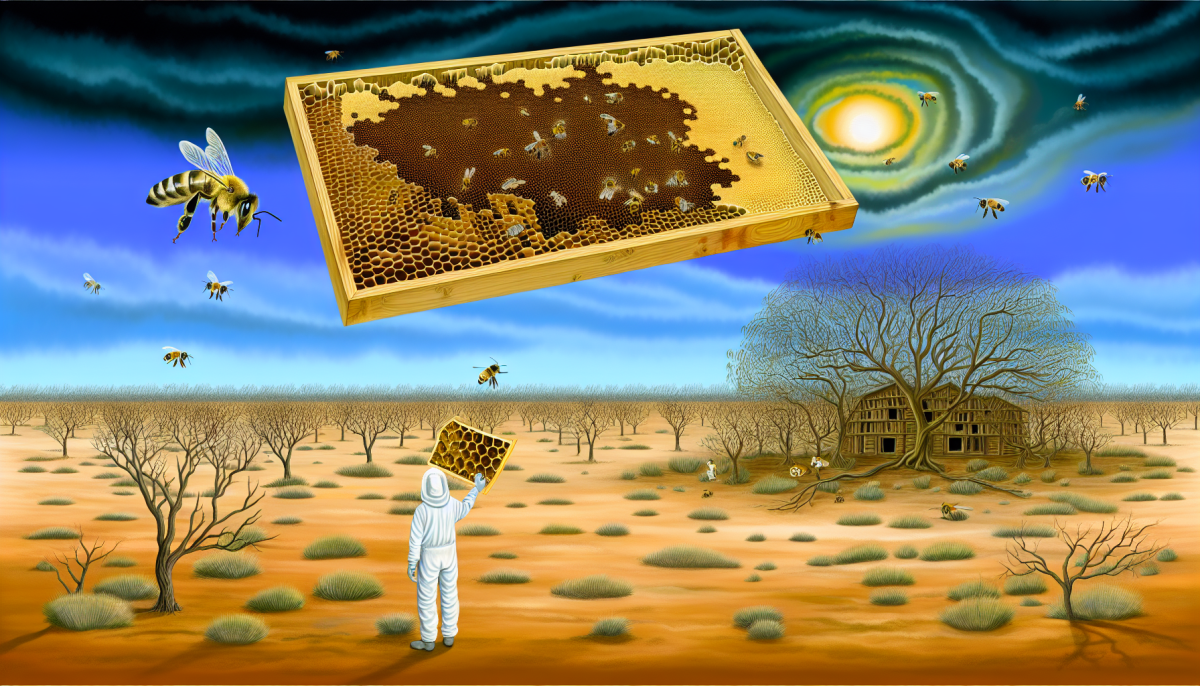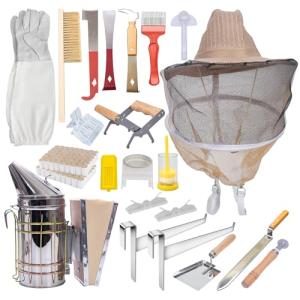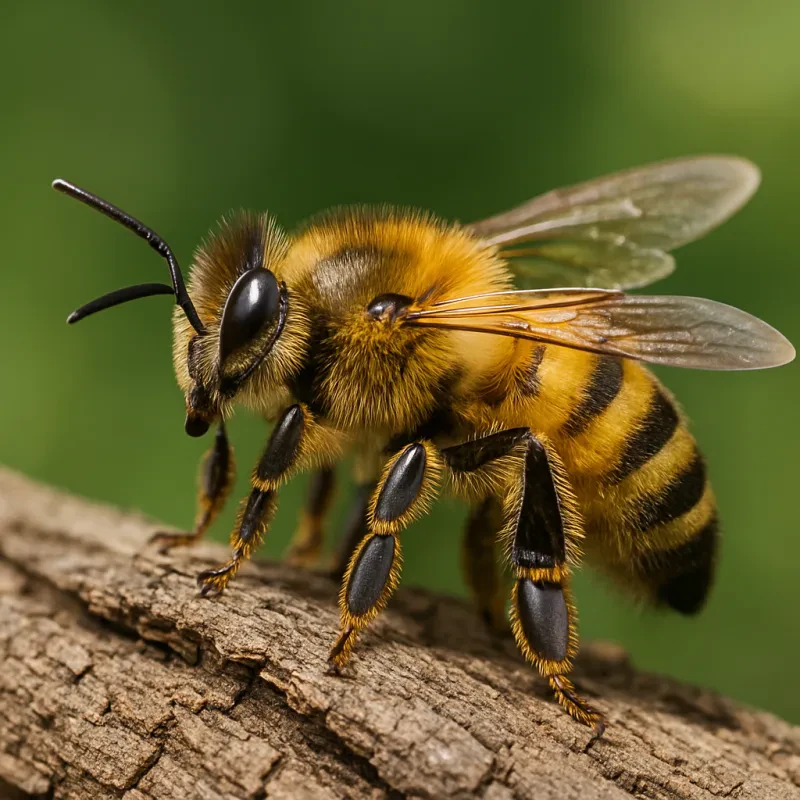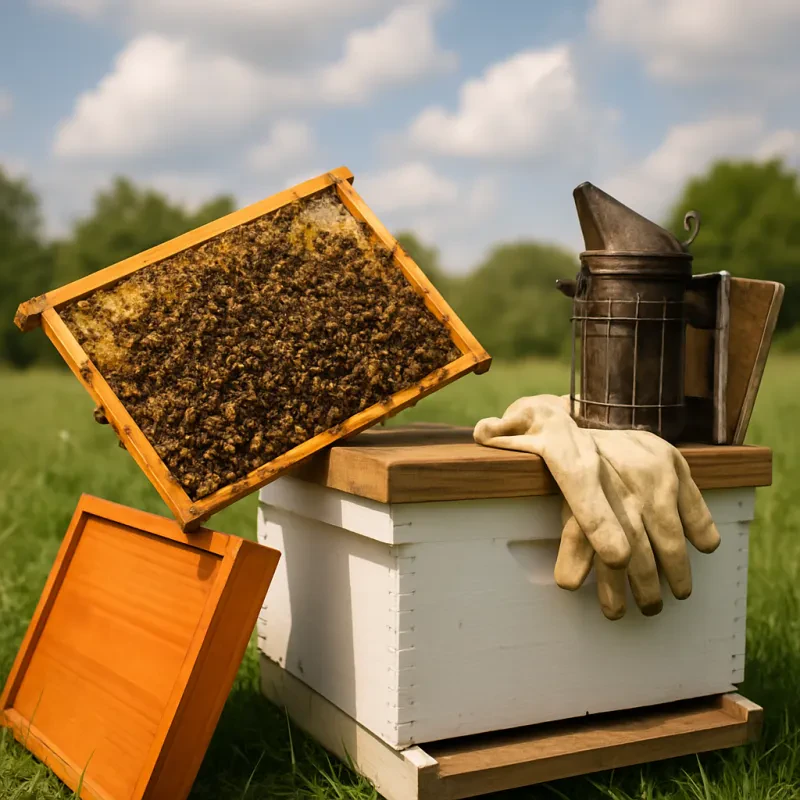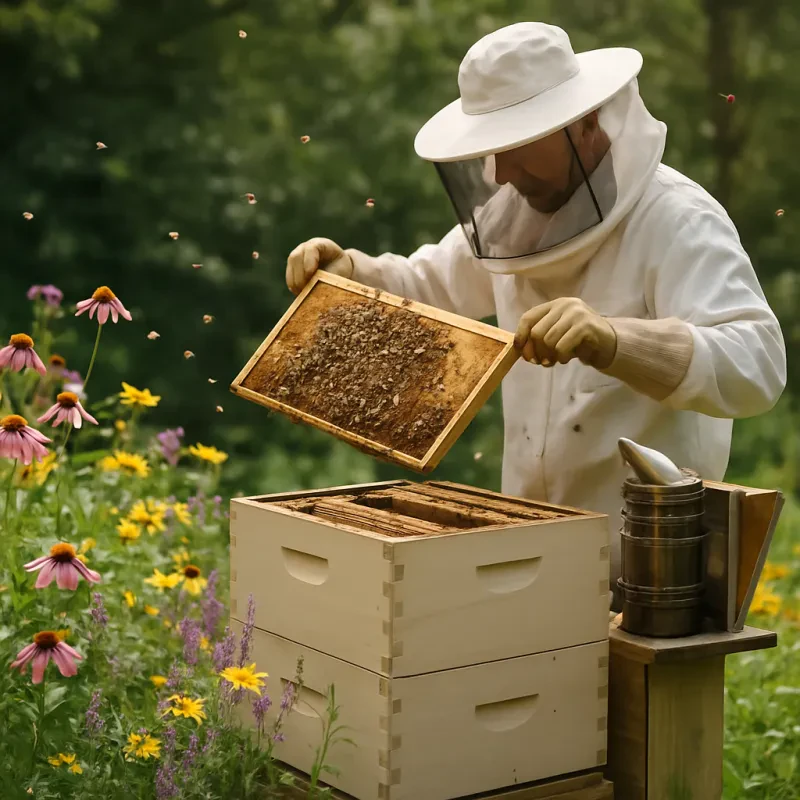$295.99
$248.23
4.98 out of 5 stars7PCS Auto Flow Beehive Set + Cedarwood Brood Box
Experience easy and sustainable beekeeping with this 7PCS Auto Flow Beehive Set alongside a high-quality Cedarwood Brood Box
Product information
Product Review Score
Product links
In recent years, the alarming decline of honeybee populations has emerged as a significant concern, not only for apiculturists but also for environmentalists, agriculturists, and policymakers worldwide. The phenomenon, often termed Colony Collapse Disorder (CCD), has been reported extensively, with beekeepers witnessing unprecedented losses that exceed the natural rate of attrition. This article delves into the multifaceted reasons behind the decline, its implications on global agriculture and biodiversity, and the ongoing efforts to mitigate this crisis.
Understanding the Honeybee Crisis
Honeybees (Apis mellifera) play a pivotal role in the pollination of numerous crops and wild plants, underpinning the production of a vast array of fruits, vegetables, nuts, and seeds. The United Nations Food and Agriculture Organization estimates that out of the leading 100 human food crops, which supply about 90% of the world’s nutrition, 71 are pollinated by bees. The economic value of bees as pollinators is immense, estimated to be billions of dollars annually worldwide.
Causes of Honeybee Decline
The decline in honeybee populations is attributed to a combination of factors, each exacerbating the others, leading to a complex crisis that defies simple solutions. Key factors include:
1. Pesticides: Neonicotinoids, a class of neuro-active insecticides chemically related to nicotine, have been particularly implicated. These substances can disorient bees, impair their ability to return to their hives, reduce fertility, and increase susceptibility to disease. Despite their intended benefit of protecting crops from pests, the collateral damage to beneficial insects like honeybees has prompted several countries to restrict their use.
2. Habitat Loss: The expansion of urban areas and intensive agricultural practices has led to the destruction of wild habitats. This loss of biodiversity results in insufficient forage for bees, limiting their nutritional variety and reducing their resilience to diseases and parasites.
3. Climate Change: Fluctuating weather patterns and extreme weather events can disrupt the synchrony between flowering times and bee activity, impairing pollination. Additionally, warmer temperatures facilitate the spread of pathogens and pests to new areas, posing further threats to bee populations.
4. Diseases and Parasites: The Varroa destructor mite is particularly notorious for weakening bee colonies by feeding on larvae and spreading viruses. Other pathogens, including fungi and bacteria, further compound the pressures on honeybee health.
5. Beekeeping Practices: Some commercial beekeeping practices, such as the use of monocultures and the transportation of hives over long distances for pollination services, can stress bee colonies, making them more susceptible to disease and collapse.
Implications of the Honeybee Decline
The repercussions of declining honeybee populations extend far beyond the immediate impact on beekeepers. The broader ecological and economic consequences are profound:
Agricultural Impact: Many crops rely on bees for pollination. A decline in bee populations can decrease yields, affecting food security and leading to higher food prices.
Biodiversity Loss: Bees contribute to the health of ecosystems by supporting the reproduction of a wide range of plant species, which in turn support other wildlife. A decline in bee populations undermines this biodiversity.
Economic Consequences: The agricultural economy, particularly in regions heavily reliant on crops that require bee pollination, faces significant risks. The increase in production costs and decrease in crop yields can have cascading effects on local and global markets.
Mitigating the Honeybee Crisis
Addressing the decline of honeybees requires a multifaceted approach, incorporating scientific research, policy intervention, and public engagement. Efforts are underway on several fronts:
1. Research and Monitoring: Enhanced research into bee health, behaviors, genetics, and the impact of environmental stressors is crucial. Monitoring programs help track population trends and identify emerging threats.
2. Sustainable Farming Practices: Promoting agricultural practices that support pollinator health, such as crop rotation, reduced pesticide use, and the planting of bee-friendly flora, can mitigate some of the primary threats to bee populations.
3. Policy and Regulation: Implementing and enforcing regulations to limit the use of harmful pesticides and protect natural habitats is essential. Policies that encourage sustainable agriculture and conservation efforts can significantly impact bee health.
4. Public Awareness and Education: Increasing public awareness about the importance of bees and the challenges they face encourages supportive practices, such as planting pollinator-friendly gardens and reducing pesticide use.
5. Technological Solutions: Technology, including precision agriculture and artificial intelligence, offers new tools for monitoring bee health and environmental conditions, potentially allowing for more proactive management of bee populations.
Beekeeping Aftermath
The decline of honeybees represents a critical challenge to our global ecosystem, economy, and food supply. While the causes are complex and interconnected, the response must be equally comprehensive, involving stakeholders from across society. By combining scientific insight with thoughtful policy, sustainable practices, and public engagement, it is possible to reverse the disappearance of the honeybees.
$52.99
4.7 out of 5 starsComplete Beekeeping Starter Kit with 22 Essential Tools
The ultimate kit for aspiring beekeepers, equipped with 22 essential tools for a successful venture into the world of beekeeping
Product information
Product Review Score
Product links
